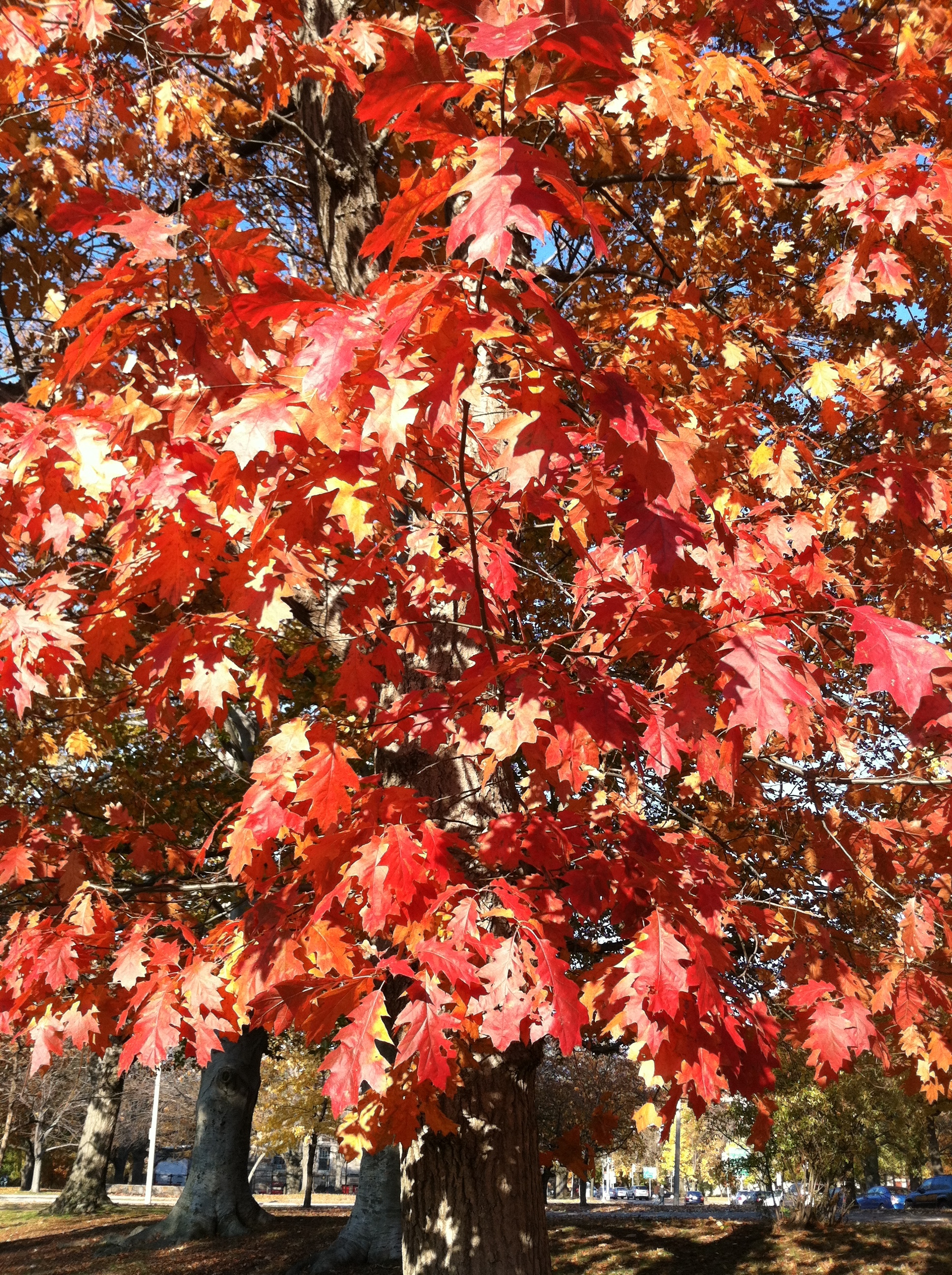 Fall and spring are seasons of change. It’s important to recognize these changes in our environments and in ourselves and make sure we’re supporting our health throughout them.
Fall and spring are seasons of change. It’s important to recognize these changes in our environments and in ourselves and make sure we’re supporting our health throughout them.
For me, there is a clear transition in what I eat as the weather turns colder and the fresh produce changes. In the summer I eat lots of cold meals – essentially variations on salad filled with fresh produce. But as the weather cools down I need to switch my diet and start eating warm foods. Not only are these foods physically warming, there is also something symbolic about eating warm, nurturing food as we transition from summer to winter. I certainly still eat salads, but I try to be sure each meal has at least one warm component. This transition also happens naturally based on what foods are available in the fall. Hearty fall greens (kale, collards, spinach), root vegetables (potatoes, turnips, beets), and winter squashes (acorn, butternut, delicata) all require cooking to release their full nutritional value and bring out their flavor.
I also start focusing more on my self-care and preventative health regime to avoid getting sick in the colder weather. In addition to eating well, I try to limit my sugar intake, move my body, take a probiotic (supplement or fermented food) and get 8 hours of sleep per night. The movement side of immunity is particularly fascinating to me. The lymphatic system is the cornerstone of our immune response and helps flush toxins and germs out of our body. Unlike the cardiovascular system, the lymphatic system doesn’t have a heart to pump the fluids throughout the body. Instead, we rely on physical movement to move our lymphatic fluids and keep our immune system strong. Any movement – walking, yoga, weights etc. helps move these fluids and keep you healthy.
As I learn more and more about herbs through my herbal apprenticeship at Thyme Herbal, I have added them to my fall wellness arsenal. I am quick to give my immune system a boost with tinctures of echinacea (good for overall immune function) and red clover or cleavers (good for moving lymph) if I’m feeling under the weather. The key for me is being in-tune with my body so I notice right away if things feel off and can respond quickly. I also use astragalus root whenever I’m cooking grains (simply add one piece of root to the cooking liquid and discard when grains are cooked). Astragalus helps you build immunity as the most fundamental level in your bones and is safe to use regularly as part of a prevention routine.

Finally, I try to connect in to the energy and symbolism of fall and explore what I’m ready to let go of this year. As things around us are dying and shedding it’s a perfect time to look at our own lives through the same lens. Maybe I’m holding on to anger around a certain situation or setting up unrealistic expectations for myself. Whatever it is, fall is a great time to take an introspective look at ourselves and focus on letting go. Consider using a visualization of falling leaves while doing this work to really connect with the seasonality of the exercise.
Fall is also a time to start saying no to some social obligations and giving yourself time to cozy up by the fire and write in your journal or read a book. Your body is energetically beginning the process of preparing for winter (think hibernation) and starting to slow down. It’s important to allow time and space for this. In our busy lives it’s easy to forget about taking time for ourselves and fall serves as a nice reminder. Remember – it’s always better to take time off to stay healthy rather than being forced to take time off because you’re sick!
loving your new blog Zoe! Keep it up!
Thanks Melanie!